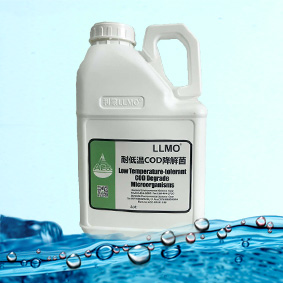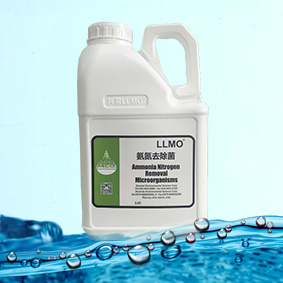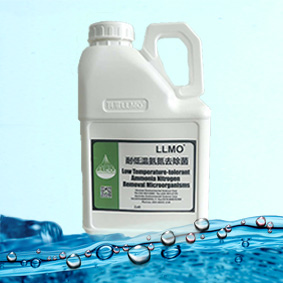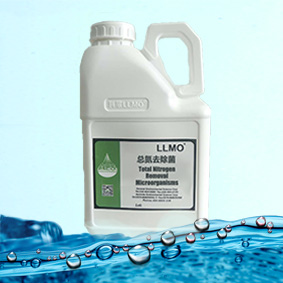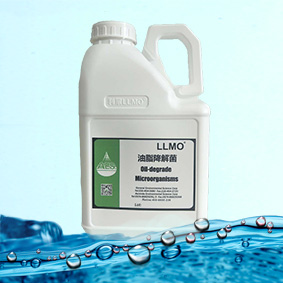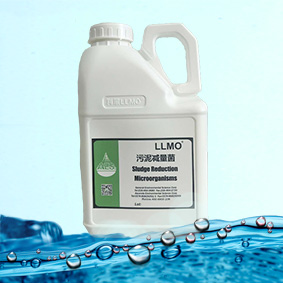Regulation of Black-Odor River
CREATE_TIME:2019-01-15 VIEWS:961


Urban black-Odor water body refers to the water body with unpleasant colors and/or unpleasant smells in the built area of the city. According to different degrees of black odor, water body with black odor can be subdivided into "mild black odor" and "severe black odor" by four indexes, transparency, dissolved oxygen (DO), REDOX potential (ORP) and ammonia nitrogen NH3-N).
The so-called "black odor" is caused by the lack of oxygen in the water and the decay of organic matter. When a large number of organic pollutants enter the water body, under the biochemical effect of aerobic microorganisms, they consume a large amount of oxygen in the water body, transforming the water body into a state of hypoxia, resulting in a large number of anaerobic bacteria to breed, and organic matter putrification, decomposition and fermentation make the water body black and smelly.

1) organic pollution: urban rivers not only supply water, but also become the main place for urban industrial wastewater and domestic sewage discharge.
2) nitrogen and phosphorus pollution: mainly organic nitrogen and phosphorus reducing substances in domestic sewage.
3) resuspension of sediment and sediment: a large number of pollutants in water are deposited and accumulated in river sediment. In a sense, sediment is one of the major categories of pollutants discharged into rivers.
4) other factors: household garbage, rainstorm runoff, tributary flood discharge, upstream sewage, etc.

1) exogenous purification: incoming water from upstream (ecological purification corridor); Non-point source pollution (no blocking of wetland and water purification corridor); Point source pollution (pollution intercepting nanotubes, point source purification device); Dispersed point source pollution (intercepting nanotube, water purification corridor) rainwater pollution (rainwater purification device)
2) endogenous pollution: sediment pollution (dredging, revetment ecological purification, artificial oxygenation, high-efficiency microbial incubator)
3) water purification: ectopic treatment (no clogging of wetland); In-situ treatment (purification corridor, ecological floating bed, biological carrier, microbial incubator, artificial aeration, ecological purification system); Semi-in-situ treatment (ecological purification technology for revetment)
- PREV:Restoration of




